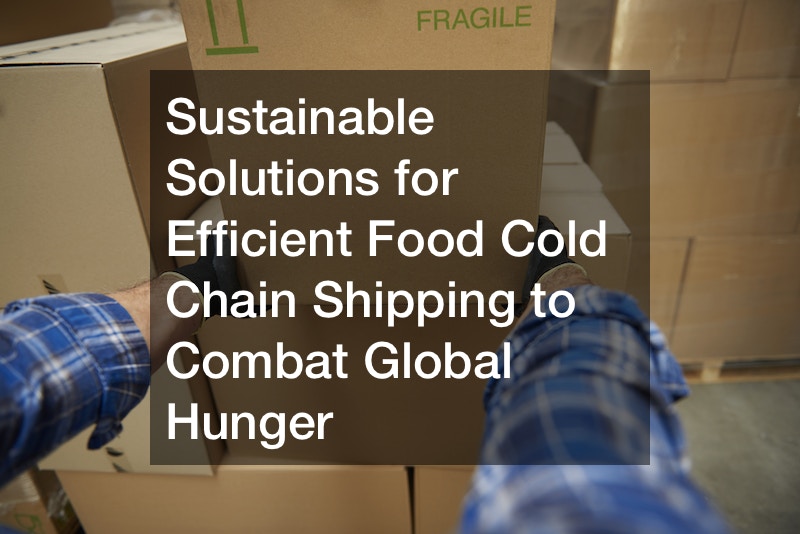
In our interconnected world, where food production is more than sufficient to feed the global population, it is paradoxical that millions still suffer from hunger, and small-scale farmers grapple with poverty. A critical factor contributing to this disconcerting reality is the inefficiency of the food cold chain, a term denoting the process of maintaining a cool, temperature-controlled environment for perishable foods from farm to consumer.
Approximately 14% of the world’s food is lost before reaching consumers, and an additional 17% is wasted at the consumer level each year due to ineffective cold chain shipping. This term encapsulates the journey of perishable foods through production, aggregation, storage, processing, marketing, and distribution.
However, existing cooling technologies often rely on fossil fuel-generated electricity and substances like hydrofluorocarbons (HFCs), contributing to about 4% of global greenhouse gas emissions.
Recognizing the urgency of addressing this challenge, global initiatives have emerged. The Montreal Protocol, initiated in 1987 to protect the ozone layer, includes the Kigali Amendment, committing nations to phase down HFCs and address energy efficiency issues in cooling technologies. Furthermore, the 2019 Rome Declaration calls for collaboration among governments, organizations, and private initiatives to build sustainable solutions for the food cold chain. As we navigate these challenges, prioritizing sustainable and efficient cold chain shipping becomes paramount to achieving global food security, supporting livelihoods, and fulfilling the promise of delivering nutritious food to every corner of the world.
.

